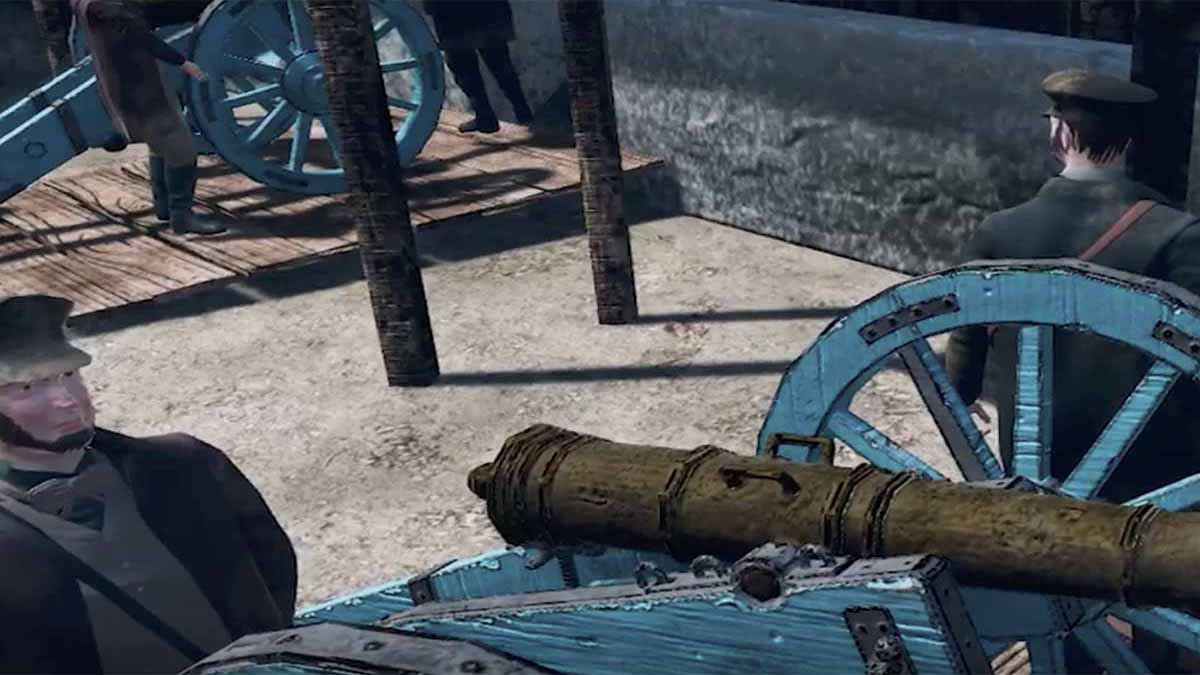
As I’ve discussed elsewhere on this website, I love books.
I read them, review them, restore them, collect them, and write them. Growing up as an only child, books became my friends and playmates. Echoing the novelist Neil Gaiman, “I lived in books more than I lived anywhere else.” My life as a university professor, revolves around books.
Yet, my years in the classroom have taught me a melancholy lesson: Not everyone shares my passion for black ink on white paper. As a reader, I could not understand how anyone could admit not relishing the printed page. I judged such people to be mentally, even morally, deficient.
Recently, I came across the studies of reading specialists, scholars who devote their careers to comprehending why and how people read. What they discovered was a revelation—at least, to me. We can teach children to read, but we can’t teach them to love reading. We don’t know why some people take pleasure in reading and others do not. It’s like having blue eyes; our genetic makeup appears to determine it. It’s beyond our control.
Many people hate to read. It doesn’t mean that they can’t, or that they’re lazy, or that they’re stupid. God knows, it doesn’t mean they’re depraved. It means is that they absorb information in different ways. Many of my students prefer to listen to audio books. Others who struggle with reading, come alive when I play a video. Still, college remains an exasperating experience for those who dislike to read.
That’s my challenge as an educator—to find non-traditional ways to transmit information to students who don’t read. We can no longer afford to simply write these kids off. That’s why I was eager to throw in with the talented folks at Experience Real History in employing Augmented Reality (AR) to develop a bold new Alamo project. As a Texas historian specializing in the Revolution and Republic periods, it was a thrill to join a team of professionals whose technical knowledge and expertise enabled us to convey content in a way that blended cutting-edge technology, art, and storytelling that place viewers in the middle of the action. Being the Chief Historian on this project was one of the most satisfying experiences of my career.
I’ve written three books dealing with this period of Texas history, but they were nothing like this. Through the magic of AR, students are participants—witnessing first-hand the valor, passion, and human tragedy that triggered the sacrifice that defined a nation.
I am not given to hyperbole. Nevertheless, I boldly assert that this technology will change public education forever. No longer will student success and the love of learning be the exclusive domain of book nerds like me. It will transform the way teachers teach and the way students learn—or at least, it should. Our products are nothing less than revolutionary.
And remember, I know a little something about revolutions.
